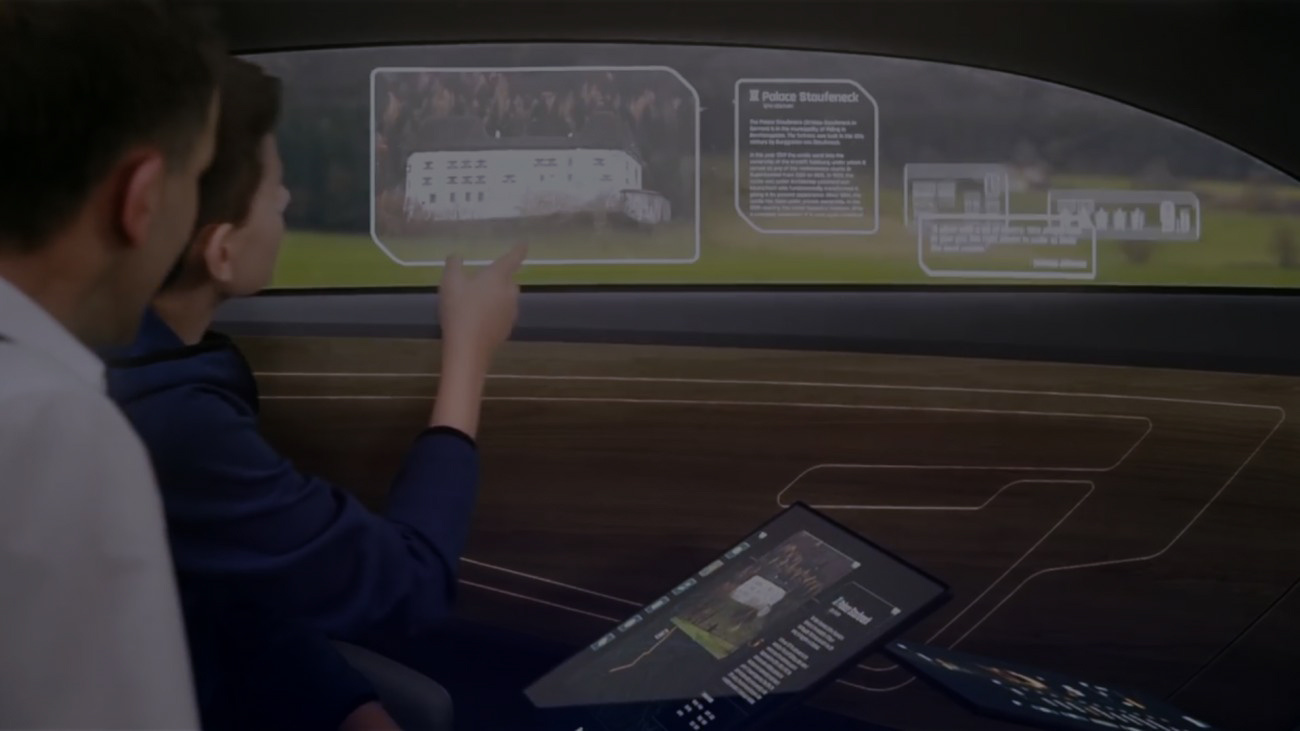
Four connected vehicle terms you should know
Free-flowing roads depend on a free flow of information. Data capture has been a one-way street, handled by road infrastructure. With advancements in connected vehicles, that is changing.
Cars today, who can understand them? That question should be “what” can understand them. Vehicles have been generating data for years. What’s changing is the ability to share that data and the ability for infrastructure to listen and talk back, in the new era of connected vehicles.
In bustling Denver, near one of the world’s busiest airports, Panasonic Corp. of North America is putting the finishing touches on a Connected Vehicle Demo Center at its Peña Station hub. There Panasonic has created an ecosystem that collects travel data from cars and other sources and communicates that information to vehicles, external systems, and the world.
Sharing real-time data
The Connected Vehicle Demo Center comes out of a collaboration between Panasonic and the Colorado Dept. of Transportation to create the first production-grade, U.S. connected vehicle system in which real-time data would be shared across vehicles, infrastructure and people with a goal to improve safety, lower fuel consumption and reduce congestion. Panasonic’s work in Denver builds on decades of automotive development and traffic management experience, and global initiatives, such as the Panasonic ADAS (advanced driver assistance systems) test course in Yokohama, Japan opened to prove out ideas in machine vision, radar, "surround sensors", and other communication protocols.
ADAS is one term in a growing language to describe the fast-evolving world of connected vehicles. Here’s a look at three other terms and how they relate to and are shaping smart infrastructure and connected vehicles.
1. V2X: Vehicle to everything
V2X may not yet be a top trending term on Google, but it’s climbing. The term V2X is shorthand for connected vehicle technology. It’s a way of saying let’s get our cars talking to each other and road infrastructure. To do this, at Panasonic’s Connected Vehicle Demo Center, we have designed an ecosystem that collects travel data from various sources and communicates that information across a technological ecosystem. It is designed to use different technology and systems including V2I and I2V communication. The key is turning that mountain of data into intelligent, actionable information for roadway operators and drivers.
2. V2I – Vehicle to infrastructure communication
One way to think about V2I is an immense amount of information. Imagine every car on the road communicating all of its contextual data ten times per second. That’s a lot of data so there has to be a data ecosystem, or an overall V2X platform, that can process and analyze all of that information. Current infrastructure provides a limited view of roadway events. Collecting vehicle “basic safety message” data, such as brake pressure applied, or air bag deployed, provides a more complete picture.
3. I2V – Infrastructure to vehicle communication
Ever drive in a snowstorm on a major roadway? Chances are your local transportation department programmed its road displays to deliver messages about safety and speed limits. You received the same message as everyone else driving by around the same time in the same place. Infrastructure to vehicle communication, or I2V, has the potential to change all this. It would enable a transportation department to send a customized alert to each vehicle’s onboard display, based on its geo-location and specific driving conditions. The driver would receive the alert, such as an icy road warning, and be able to slow down, take the next exit, or whatever action is recommended.